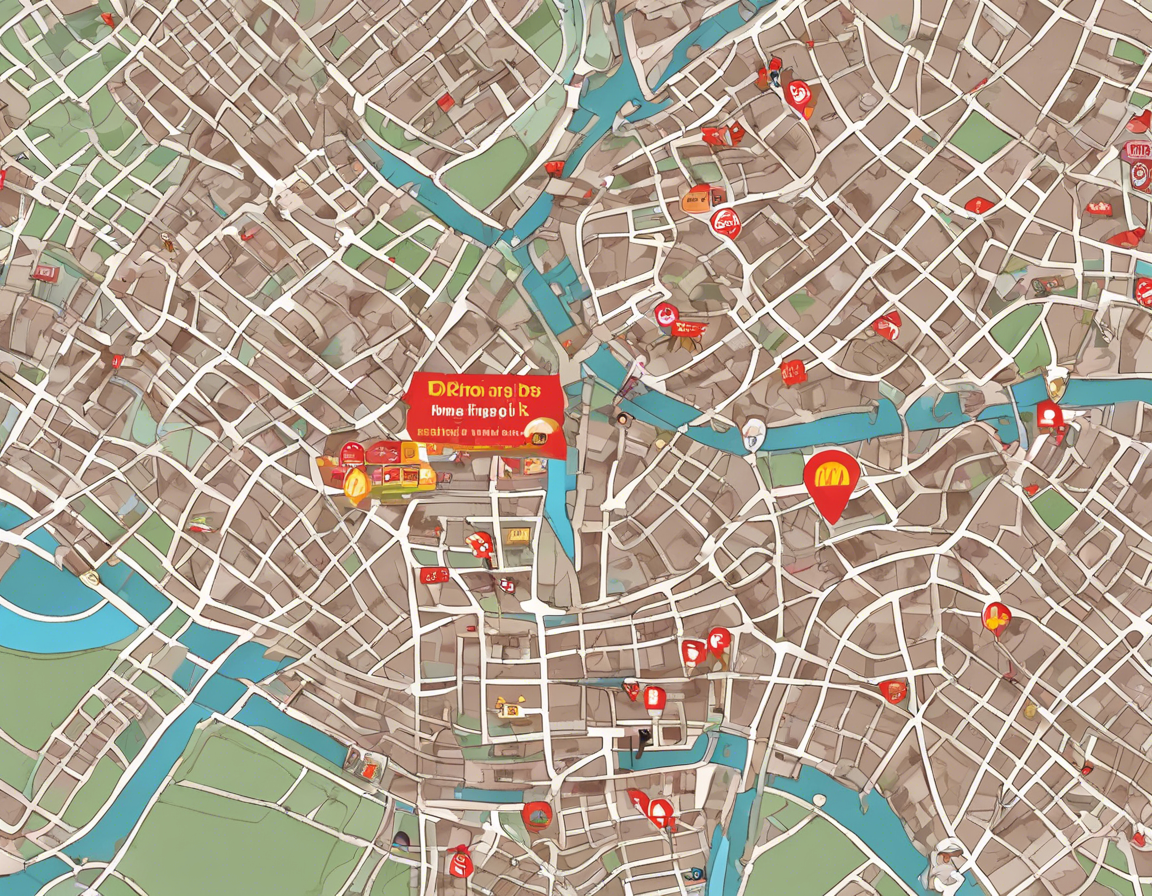Exploring McD Geo Tagging: A New Frontier in Marketing.
Adventures Jun 20, 2024

Geo-tagging is a powerful tool that allows businesses to target customers based on their location. With the rise of smartphones and mobile technology, geo-tagging has become increasingly popular as a marketing strategy. McDonald’s, one of the largest fast-food chains in the world, has embraced this technology to enhance their marketing efforts. In this article, we will explore the concept of McD Geo Tagging and how it is being used to drive customer engagement and increase foot traffic to McDonald’s locations.
What is Geo-Tagging?
Geo-tagging is the process of adding geographical metadata to various media in the form of latitude and longitude coordinates. This metadata allows for the identification of a location where the media was created or where an event took place. In the context of marketing, geo-tagging enables businesses to target specific audiences based on their location, allowing for personalized and location-specific promotional campaigns.
Implementing Geo-Tagging at McDonald’s
At McDonald’s, geo-tagging is being utilized to target customers in proximity to their restaurant locations. By leveraging location-based technologies such as GPS and beacons, McDonald’s can send personalized offers and promotions to customers in real-time when they are near a McDonald’s restaurant. This not only drives foot traffic to their locations but also enhances the overall customer experience by providing relevant and timely offers.
Benefits of McD Geo Tagging
-
Targeted Marketing: McDonald’s can tailor their marketing messages based on the location of customers, ensuring that promotions are relevant and timely.
-
Increased Foot Traffic: By sending location-specific offers, McDonald’s can drive customers to visit their nearby restaurants, increasing foot traffic and sales.
-
Improved Customer Engagement: Geo-tagging allows McDonald’s to engage with customers in a more personalized way, fostering loyalty and repeat visits.
-
Data Insights: By analyzing the location data collected through geo-tagging, McDonald’s can gain valuable insights into customer behavior and preferences, enabling them to further refine their marketing strategies.
Using McD Geo Tagging in Promotions
McDonald’s has leveraged geo-tagging in various promotional campaigns to engage customers and drive sales. For example, they have sent out targeted mobile coupons to customers in proximity to their restaurants, enticing them to visit and redeem the offer. Additionally, McDonald’s has used geo-tagging in conjunction with social media platforms to run location-based contests and giveaways, further increasing customer engagement.
Future Applications of McD Geo Tagging
As technology continues to evolve, the possibilities for using geo-tagging in marketing are endless. McDonald’s can explore new ways to utilize this technology, such as implementing location-based loyalty programs, sending personalized notifications to loyal customers, and even creating virtual location-based experiences through augmented reality.
FAQs
1. How does McDonald’s collect location data for geo-tagging?
McDonald’s collects location data through various means, including GPS, beacons, Wi-Fi signals, and mobile apps that have location services enabled.
2. Is geo-tagging a privacy concern for customers?
While geo-tagging raises privacy concerns, McDonald’s ensures that customer data is anonymized and used for marketing purposes only with customer consent.
3. Can customers opt-out of geo-tagging from McDonald’s?
Yes, customers can opt-out of geo-tagging from McDonald’s by disabling location services on their mobile devices or adjusting their preferences in the McDonald’s app.
4. How does geo-tagging benefit McDonald’s marketing efforts?
Geo-tagging allows McDonald’s to target customers based on their location, providing personalized offers and promotions that drive foot traffic and increase sales.
5. What are some best practices for using geo-tagging in marketing campaigns?
Best practices for using geo-tagging in marketing campaigns include obtaining customer consent, personalizing messages based on location, analyzing data to refine strategies, and ensuring compliance with privacy regulations.
In conclusion, McD Geo Tagging is a powerful tool that McDonald’s is leveraging to enhance their marketing efforts and engage customers in a more personalized way. By targeting customers based on their location, McDonald’s can drive foot traffic to their restaurants, increase sales, and build loyalty with their customer base. As technology continues to advance, the possibilities for using geo-tagging in marketing will only continue to grow, making it an essential strategy for businesses looking to stay ahead in the competitive marketplace.